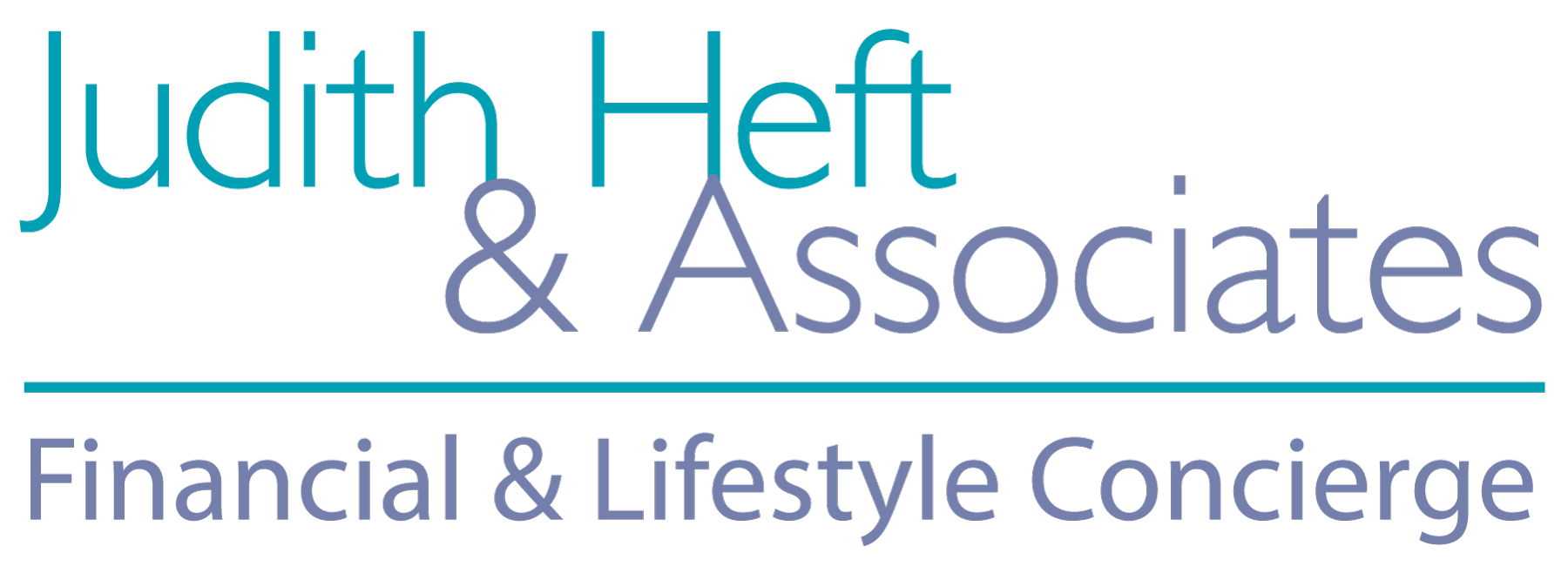If you’re starting out and trying to save money, you’ve got to create a budget — or as I prefer to say, a spending plan. A helpful rule of thumb for making that spending plan is the 50/30/20 rule.
50% of your income should go to your fixed expenses. The fixed expenses category includes things such as:
- Rent or Mortgage;
- Insurance;
- Tuition;
- Groceries;
- Utilities; and
- Car Payments.
If you can pay those expenses with 50% of your monthly income, then you’re doing great.
30% is discretionary. Discretionary money is your fun money. It’s what you spend on vacations, movies, eating out, hair and makeup, getting your nails done, spa, gym memberships, etc. All “extracurricular” activities that come up would count against your discretionary budget.
20% is your savings. Savings includes your IRA and 401K, but also:
- Any money you spend paying off credit card debt;
- Surplus cash from the discretionary fund;
- The cash you keep on hand; and
- Your emergency fund.
When I look at the 50/30/20 plan, I see a variation on an important lesson for everyone: Pay yourself first. Earmarking 20% for savings is really just paying yourself first. Even if you don’t have your own business and you’re not literally paying yourself, fill up your 20% first!


Recent Comments